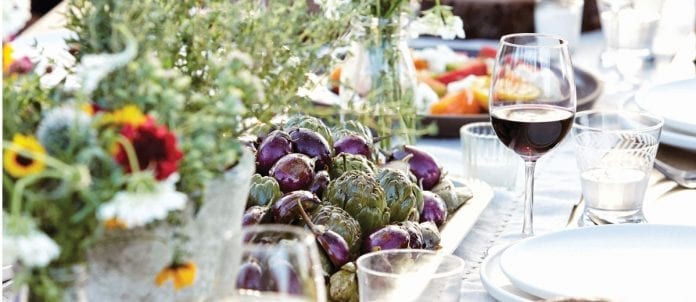Among Canadian drinkers, California is far-and-away the most popular winemaking region in the world. Over the last five years, overall sales in the Canadian wine market have grown by only 14 per cent but, during that same period, the volume of sales for California brands has risen more than 50 per cent.
In Ontario, the largest market, those figures are even higher at approximately 75 per cent. “Canada loves wine from California,” says Scott Zebarth, senior sommelier at Toronto-based Icon Legacy Hospitality. “We are the second-biggest importer of California wine worldwide.”
The popularity is owing, in part, to a long tradition of marketing the Californian lifestyle. “I don’t know if you’ve been [to California] but before I went, I thought ‘I’m sure it’s not that great,’” says Anne Martin, head sommelier at Maple Leaf Sports & Entertainment in Toronto. “Then you get there and you’re like ‘oh I get it.’ It’s a wish fulfillment thing.”
It helps that most entry-level wines are accessible to beginner palates — “very fruity, generous and easy to drink,” as Martin describes them — but Zebarth says California wines are “so diverse that you really can find something no matter what the occasion,” or the drinker.
Rick Slomka, the Canadian director of the Burlington, Ont.-based California Wine Institute, says the state produces complex wines on par with those from the old world. In the Vintages section at the LCBO, for example, California wines comprise about 25 per cent of the selection and at the end of February 2017, the LCBO opened its 15th ‘Products-of-the-World’ store, exclusively featuring California wines. It is the only store devoted to a region that is not a country, which makes sense, considering California is the world’s fourth-largest wine producer. In fact, 90 per cent of American wine comes from California.
According to Martin, smaller California winemakers have begun to spring up in lesser-known regions and experiment with lesser-known varietals. While Napa and Sonoma are still the undisputed hotspots, areas along the coast yield crisper chardonnays and structured pinot noirs, while areas in the valley — such as Paso Robles, Santa Barbara and Lodi — are starting to get noticed. “A lot of emerging regions are still trying to understand their terroir and find their voice,” says Zebarth. “It is exciting to see what the future holds for places such as Temecula Valley, San Luis Obispo County and Monterey County.”
Slomka says fruitier blends are popular with younger drinkers: brands such as Apothic and Ménage à Trois. But, beyond that, these new drinkers care about more than just the wine itself. They’re conscious of sustainability, taking interest in the process rather than just the product. “And not just environmental sustainability,” Slomka says. “But how you treat your staff and how you treat your neighbours matters as well.”
He suggests few players outside of the state have better aligned themselves with these more eco- and socially conscious wine drinkers.
Volume 50, Number 1
Written by Tristan Bronca


















